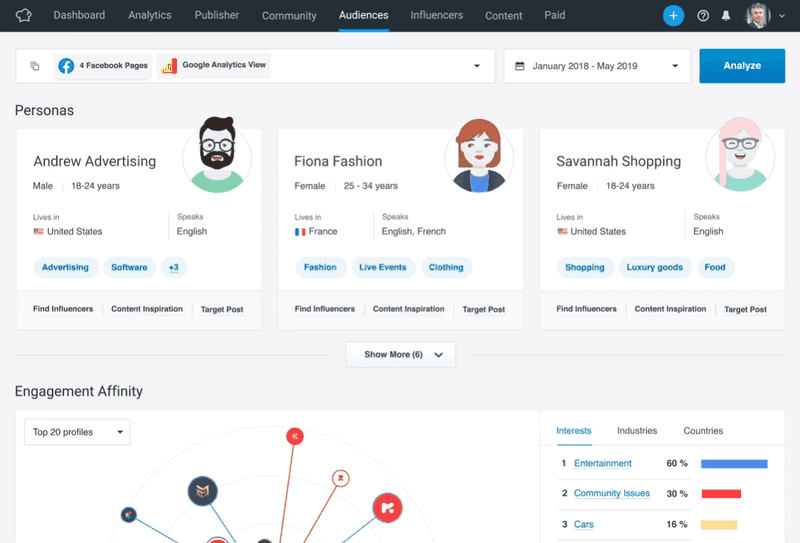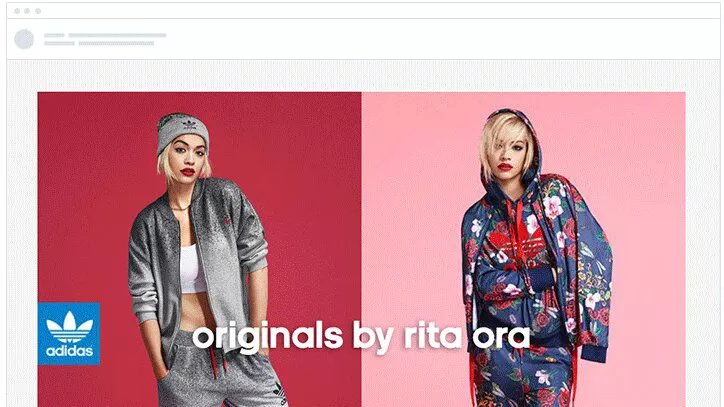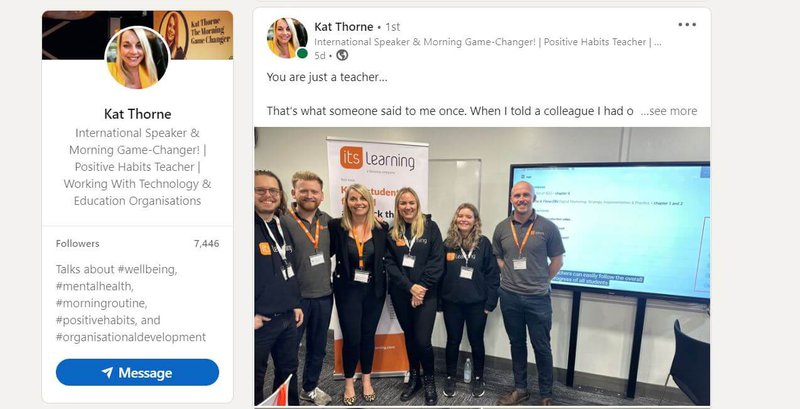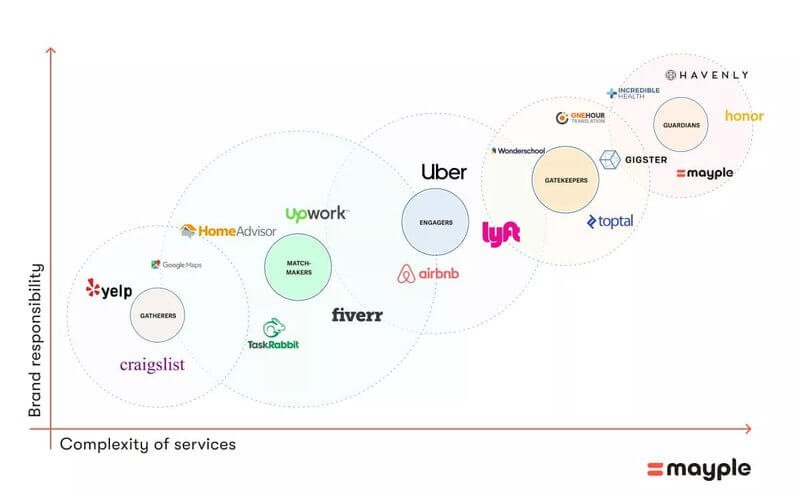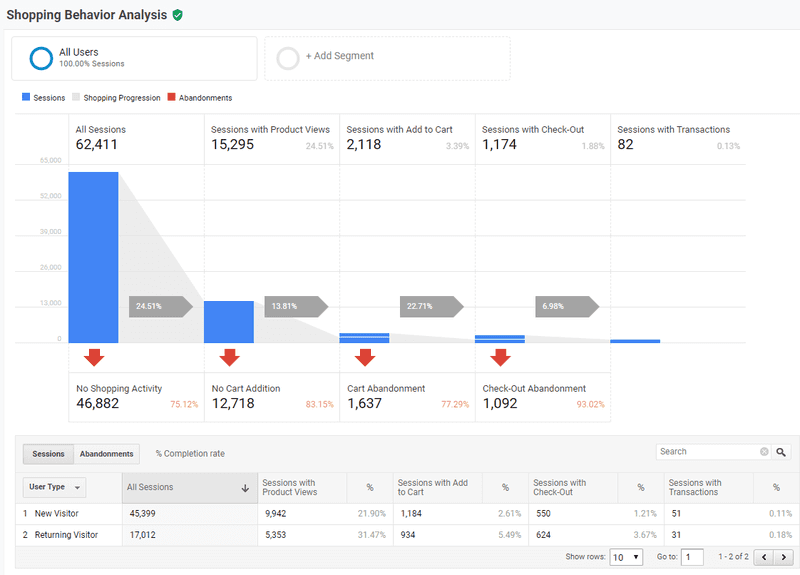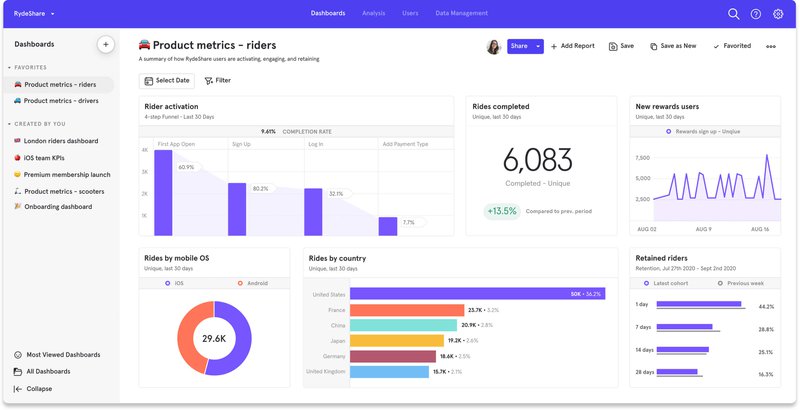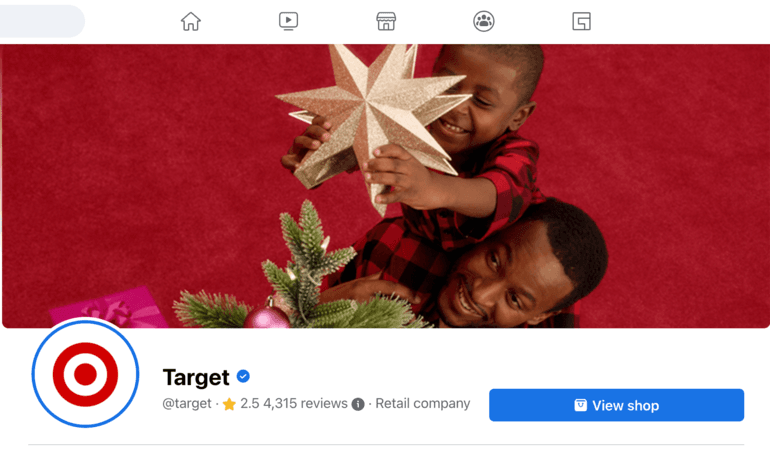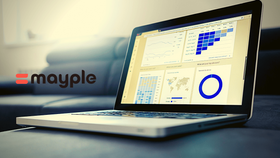Target Audience: What It Is & How to Find Yours [+Examples}
Learn what a target audience is, the different types of audiences you could target, examples, and a step-by-step process of finding the perfect target audience.
Updated November 7, 2024
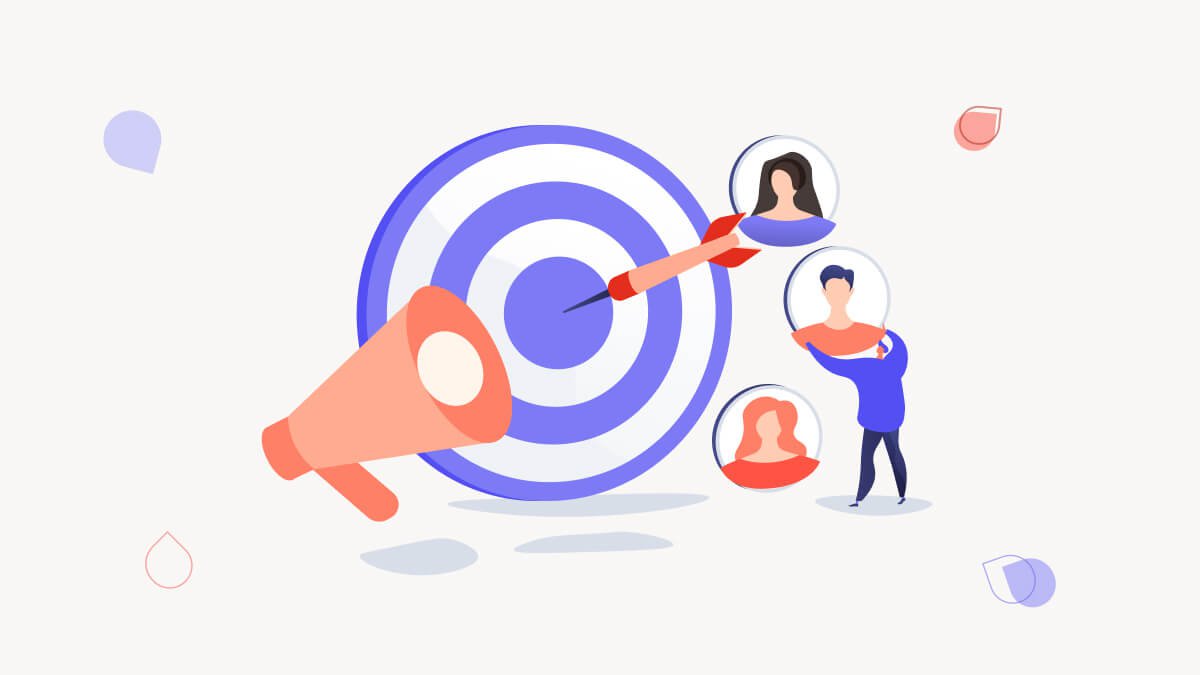
All the marketing gurus say the same thing - “define your target audience” and you must have heard it a thousand times by now.
Look, it’s solid advice. Bad targeting is the cause of many brand failures. without a target audience in mind, you’re going to get little to no engagement on any campaign you launch.
Easier said than done.
As much as people tout it, few follow the advice. And even fewer do the proper research, create the right audience, and figure out how to use it efficiently.
There’s a truckload of info out there, and it can all feel overwhelming. But don’t worry, we got you. Here’s a no-fluff, no-hassle approach to target audiences and how to use them to scale your business.
What is a target audience?
A target audience is a group of people likely to consume your content, engage with your brand, and make a purchase from you.
For example, if you sell fitness supplements for women, your target audience could be women who are into fitness, they're probably aged 20 to 50 and live in urban areas.
Your audience can be wide (e.g. if you sell napkins, everyone uses them, so your target audience will be quite broad) or it can be a narrow market segment (e.g. you might be selling makeup-removing wipes for people with a specific skin condition/ type of skin.)
The benefits of knowing your target audience
Target audiences are not only helpful but also necessary for businesses to stay afloat in today’s highly competitive, attention-driven market.
Some of the benefits of knowing your target audience are:
- Helps improve your targeting, positioning, and messaging. Helps you to focus your marketing efforts on the right people (that are most likely to buy your product).
- Saves you time, money, and resources on targeting the wrong people. Imagine spending tens of thousands of dollars of your advertising budget targeting an audience that will never buy from you.
- Helps you create more personalized marketing campaigns and messages. The more you know about your target audience, the easier it will be to speak their language and connect with them on an emotional level, whether it's through your advertising efforts, native content on social media platforms, or influencer partnerships.
- Helps you choose the right marketing channels to focus on. When you have a limited budget, you need to make sure you're using your resources in the most efficient way possible by targeting channels where your audience is most active.
- Build a brand your ideal customers can relate to, trust, and buy from.
Knowing your target audience helps you direct your marketing dollars to the right places, and increase your conversion rate in the process.
Now that you know what a target audience is and why it’s so critical to the success of any marketing campaign, let’s talk about a few terms that people often confuse.
Difference between a target audience and a target market
Although they are sometimes used interchangeably, "target audience" and "target market" are not exact synonyms. A target market is a broad term describing a group of people defined by certain demographics, behaviors, and/or psychographics.
A target audience is a more specific term describing a particular group of people you're trying to reach with your content.
For example, if you sell makeup for people with a specific skincare condition, and you want to take it internationally, your target market will be - people who wear makeup and have this specific skincare condition. Your target audience will be that same target market but more specific to a certain country or location.
Why is this important?
When you define your target audience, you need to be very specific. That’s especially true when you’re dealing with performance marketing where targeting can make all the difference.
Difference between a target audience and a persona
People frequently mistake target audiences for personas. Although they are related, a target audience and a persona refer to two different concepts.
A persona is a semi-fictional representation of your ideal client, based on market research and real data about your existing customers. A persona includes biographic, demographic, behavioral, and psychological characteristics, and is frequently described as a fictionalized character to represent an avatar in your target audience.
Circling back to our makeup example, a persona could be Rosa, a 33-year-old CFO in a startup, who suffers from Rosacea and needs special makeup for her skin condition.
See what we did there? The target market is the same as the one in the previous example, but when we zoom in, we get to our target audience - and if we get even closer, we get our buyer persona.
Marketing personas are useful for marketers when they want to get into their target audience's headspace and understand how they think, how they feel, and what would get their attention.
What is a customer persona?
A customer persona can be defined as a semi-fictional representation of your ideal customer. To build your persona, you will have to look into your qualitative and quantitative data (e.g. Google Analytics, customer interviews, etc.) and draw a character sketch that includes:
- Demographic information (e.g. age, gender, location, income level, education level, marital status, and so on)
- Behavioral patterns (e.g. online vs. offline shopping habits, how they make their purchase decisions, etc.)
- Psychographics (e.g. interests, values, lifestyle)
- Goals and challenges
- How this persona interacts with your brand or brands in the same space
Setting up a customer persona is a key step in crafting your marketing strategy and it can definitely help you create messaging that attracts your target customer.
Here's a great perspective on using target audiences and buyer personas to spread the word about your business:Types of target audiences
Just in case you thought you were done with this topic, know there is more than one type of target audience. Here are different ways you could segment your audience:
Purchase intent
This type of audience is created based on the specific product they are looking for. To give you an example, this could be an entire group of people in an area who is looking for a new TV with a specific set of features, and who are ready to buy it in the next few days.
Interests
Interest-based audiences are defined by the topics they are interested in. This could be broader topics, such as fitness, or niche topics, such as Hatha Yoga. This type of audience helps marketers either target people based on their specific interests or combine interest-based data with other types of audiences to create ultra-personalized messaging for their campaigns.
Subculture
Subcultures are groups of people that share a similar values and beliefs and have a sense of community. They could be fans of a very specific music genre (80s glam rock, for example) or an entertainment fandom (Harry Potter fans).
Similar to interest-based audiences, marketers can use subculture-driven audiences to enhance their messaging or to reach out to new potential customers by understanding their likes and dislikes.
So, how do you go about defining your target audience?
How to define your target audience + 5 questions to ask
The best way to avoid information overload is by starting with five simple questions:
1. Who are they?
Who are the people you're trying to reach with your marketing campaigns? This might seem like an obvious question, but you'd be surprised how many businesses fail to answer it by either aiming for too broad or too specific of an audience.
When in doubt, look at your current customers. If you’re expanding into a new market or launching a new product, you can imagine who's most likely to end up buying from you. Use the avatars you’ve built for your product, service, or store.
2. Where do they look to find information online?
To reach your target audience with your content, you need to know where they look for information online. There's no point in publishing content on a channel if your ideal audience isn't there, right?
So for example:
- If you are you targeting Gen Z then you should head out to TikTok and Insta.
- Targeting busy moms? Use Facebook groups and Pinterest boards.
- Looking for bookworms? Search for book review blogs and influencers.
3. What are their biggest challenges or desires?
When you know what keeps your target audience up at night or what their wildest dreams are, it's much easier to show them that you have a solution for them. And be specific. Knowing what your ideal buyer truly desires is key to creating marketing campaigns that trigger their "A-ha" moment.
4. What solutions do you offer?
If you want to be able to craft content that resonates with your target audience, you need to know what challenges you solve for them.
Run an initial SWOT analysis and see where your business stands in the market and compare the kind of solutions your competitors offer, and how they are different from yours. And then create content that talks about your solution and provides real value to your readers.
For example, if you're a mental health coach and you know your target audience is struggling with anxiety, writing a blog post on how to deal with anxiety attacks might be a great way to show them you understand their challenges.
Remember: people on the internet are rarely ready to buy right away. So rather than selling your solution to them straight away, play the long(er) game: offer them valuable information and entertainment, for free. This way, when they're ready to make a purchase, you'll be top of mind for them.
5. Who do they trust?
There are more than 1 billion websites in the world and the internet has been around long enough for people not to trust everything they see.
To earn your audience's trust, you need to associate yourself with those they already trust - either directly or indirectly. For example, if you're an eco-friendly skincare brand, you should partner with an influencer who promotes sustainable beauty.
Working with the right influencers and industry experts is a great way to get a competitive advantage and reach your intended audience easier. You should also showcase any PR mentions, badges, and awards.
If you don't have the budget for this, though, studying your target audience's favorite influencers can still be valuable, as it can help you understand what type of content they're most likely to engage with.
11 steps to find the perfect target audience
Alright, so what are the steps to finding the right audience for your business?
1. Analyze your customer base
Your current customers are a gold mine. Start out by looking at your CRM and all the leads you’ve collected and see who you can convert. If you don't have any paying customers yet, look at your social media following, newsletter subscribers, or even just people who've visited your website (i.e. Google Analytics data.)
2. Conduct user interviews
Sometimes, raw data doesn't tell the full story. And if you want to get a better understanding of your intended audience, user interviews are the best way to do it. It's not easy, but it can help you refine your entire marketing plan and go beyond Google Analytics and quantitative data.
3. Conduct market research
Market research is another invaluable resource in building reliable, accurate audiences. It's not the least expensive step in the process, but it can help you grasp who your audience is, and what makes them tick (and click).
4. Analyze competitors
Taking a peek at what your competitors are doing (or not doing) can give you a good starting point for improving your targeting. Don't build your entire marketing strategy on chasing what the competition is doing but use some of that information to get a competitive advantage.
5. Create your target persona
Your target persona or ideal client avatar will help you be more specific in all of your marketing activities, from your marketing messages to customer service to interactions on social platforms. Include as much information as you can here, to make sure you have a clear image of who your target consumer is.
6. Use Google Analytics
Google Analytics is a free tool you can use to extract a ton of valuable information about your ideal audience. Your site visitors can give you lots of information - from demographics to how they navigate your pages, which you can use to build the right target audience for your business.
7. Use 3rd party marketing analytics platforms
Marketing analytics doesn't have to be limited to Google Analytics. Other platforms, such as Mixpanel, KISSmetrics, and Heap Analytics can also give you valuable insights into your target audience's behavior. They are often easier to use and provide quicker reports and dashboards.
8. Look at your social media analytics
Your social media accounts can also be a treasure trove of information. Look at what content your audience's engaging most with, as this can say a lot about who they are and how they make buying decisions.
9. Use Facebook insights
Similarly, Facebook insights can also help you create a more accurate depiction of who your audience is. Remember to not get stuck on the data, but use it to ensure you get the full picture.
10. Create a reader persona for your blog
A reader persona can help you create a more valuable blog - one that will not only get your visitors' attention, but also their trust, and their willingness to buy from you.
11. Continuously analyze and revise
Target markets, audiences, and buyer personas aren't static. They change, shift, and take on different forms. As a result, it's important to make sure you continuously analyze and re-analyze your findings to adjust your target audience to the external environment in the market.
Target audience examples
The best companies create hyper-targeted marketing campaigns and messaging. Here are some examples of target audiences from the world’s largest brands.
Target
If you look at Target's cover pages (and general content) on Facebook vs. Twitter, you will notice they are quite different. The reason is that Target personalizes its messaging for each channel to better fit with the audience there.
Their Facebook page is aimed at families (as that's where family-oriented people are likely to engage with Target's content), whereas their Twitter is aimed at a younger audience (as Twitter tends to be more common among younger people.)
Target on Twitter:
Target on Facebook:
Netflix
Netflix is a prime example of subculture-based audience targeting.
Their entire algorithm is built on identifying what you're most likely to react to and serving you content specific to your interests. Their strategy is so detailed that even fans of a particular TV show can see different things on their homepage.
To start with, the entire Netflix platform is a goldmine of customer segmentation examples. For example, if you're more likely to like Eleven (the good character) in Strangers Things, your thumbnail artwork for the show will picture her. If, however, you're more likely to be attracted to the dark side of the show, Netflix will put the bad guys on the thumbnail for you.
What's more, Netflix takes it up a notch by analyzing data and creating more content according to what their customers like watching the most. For instance, in 2021, more than 50% of Netflix subscribers watched anime - so the streaming service decided to add more anime shows in 2022.
Unlock the power of targeting with top-notch talent
Targeting is an essential part of any successful marketing strategy. If you want to get ahead you need to choose the right audience segment and personalize your messaging, and the entire customer journey.
Want to improve your targeting? Come find the perfect marketer with proven experience in your niche on Mayple’s platform. It’s as easy as 1-2-3. Fill out a quick questionnaire, our AI matches you with the best marketers in the world, jump on a call with one and launch your project. Get started today!
FAQs
How do you define your target audience?
There are many tactics you can use to define your target audience. Some of the most popular ones include analyzing and interviewing your existing customers, looking at Google Analytics and/or social media analytics, conducting market research, using third-party analytics apps, and creating a target persona.
What is an example of a target audience?
A target audience is defined by the group of people you want to target with your marketing campaigns, emails, Google Ads, social media efforts, etc. An example could be "men over 30, with a high-income level, who like gaming in their spare time and live around New York." Examples could include children, men, women, and teenagers.
What are the three types of target audiences?
The three types of target audiences are:
- Purchase intent-based (revolving around the purchase intent of an audience)
- Interest-based (revolving around the audience's interests)
- Subculture-based (revolving around the different target demographics)
What is a target market example?
An example of a target market for someone selling fitness cookbooks could be "women aged 30 to 40 of a high-level income, interested in healthy cooking."
What are the 3 steps of targeting?
The 3 steps of targeting are:
- Segmentation (where you break down your customer base by shared characteristics)
- Targeting (where you choose which segments you want to focus on)
- Positioning (where you differentiate your offering to appeal to your chosen segments)
What is 3rd party audience targeting?
3rd-party audience targeting can be defined as curated data sets, comprised of specific segments. They are collected by data intelligence companies based on various characteristics including particular social media audiences, demographic or psychographic behaviors, and user actions taken on a brand's site.
What are the 6 categories of a target audience?
The 6 categories of a target audience are demographic, geographic, psychographic, behavioral, needs-based, and transactional.
What are the 7 types of audiences?
Although there are multiple audience categorizations, the most commonly used ones revolve around the following audience types:
- Hostile
- Neutral
- Uninformed
- Expert
- Business
- Distracted
- Critical
